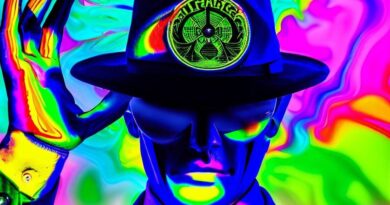Inside the two real-life experiments ‘Stranger Things’ is actually based on
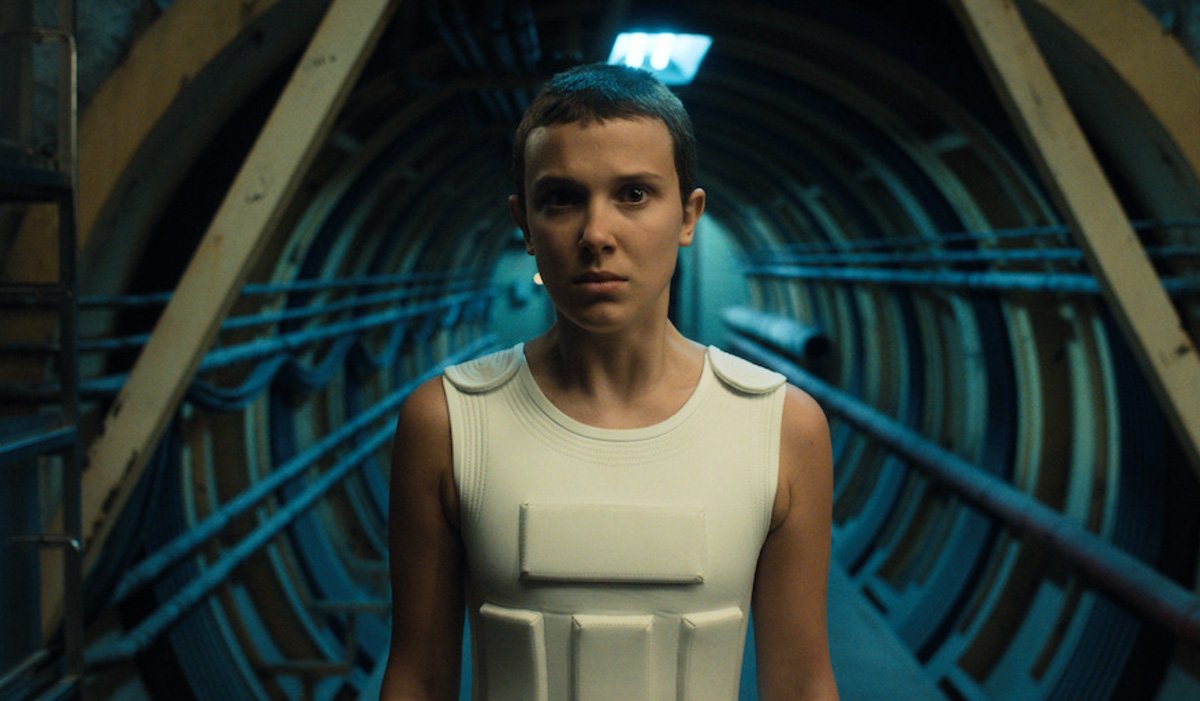
As soon as its first season launched on Netflix in July 2016, the American science fiction horror drama series Stranger Things instantly turned into a global phenomenon. Viewers fell in love with Mike, Will, Dustin and Lucas, and the 31 October of that same year saw most of us dressed in a baby pink smock dress and a beaten-up pair of white Converse—all the while sporting the now-iconic Eleven bloody nose.
More recently, with the release of its fourth season—which, as I’m sure most of you know already, was split into two parts—Stranger Things’ popularity only grew stronger. Some may say it was due to the Duffer brothers’ groundbreaking vision for the story’s plot, but we all know it really all came down to the show’s incredibly handsome holy trinity: Joe Keery (who plays Steve Harrington), Joseph Quinn (Eddie Munson) and Jamie Campbell Bower (Creel/001/Vecna).
Long story short, it’s safe to say that we’re all obsessed with Stranger Things—and looking at my TikTok FYP, it certainly shows. But while you might have recently heard that Eddie’s character was inspired by Damien Echols—one of the ‘West Memphis Three’, three Arkansas teenagers who were convicted of murdering three 8-year-old boys in 1993—did you know that the TV series is partially based on real-life experiments as well as on the long-time debated Montauk Project conspiracy theory?
Project MKUltra inspired season one
In a 2016 Rolling Stone interview, Matt and Ross Duffer revealed that although they were technically born in the 80s, they only had a vague recollection of the decade—which could have proved to be an issue considering the fact that the series is an “Eighties nostalgiafest” as the publication described it.
Though they first started working on Stranger Things as a “missing-person story,” the producers quickly felt the need to add something else to it. That’s when they began talking about what Matt described as “bizarre experiments we had read about taking place in the Cold War,” specifically Project MKUltra (or MK-ULTRA), a mind-control programme the CIA led from the 50s through the 60s.
During the early period of the Cold War, the CIA became convinced that communists had discovered a way to control human minds—potentially through a drug or technique. In response, the agency began its own secret project, MKUltra, to search for a mind control drug that could be weaponised against the country’s many enemies, most pressingly against Russians.
According to NPR, MKUltra was created and run by a chemist named Sidney Gottlieb. Journalist Stephen Kinzer, who spent several years investigating the programme, called the operation the “most sustained search in history for techniques of mind control.”
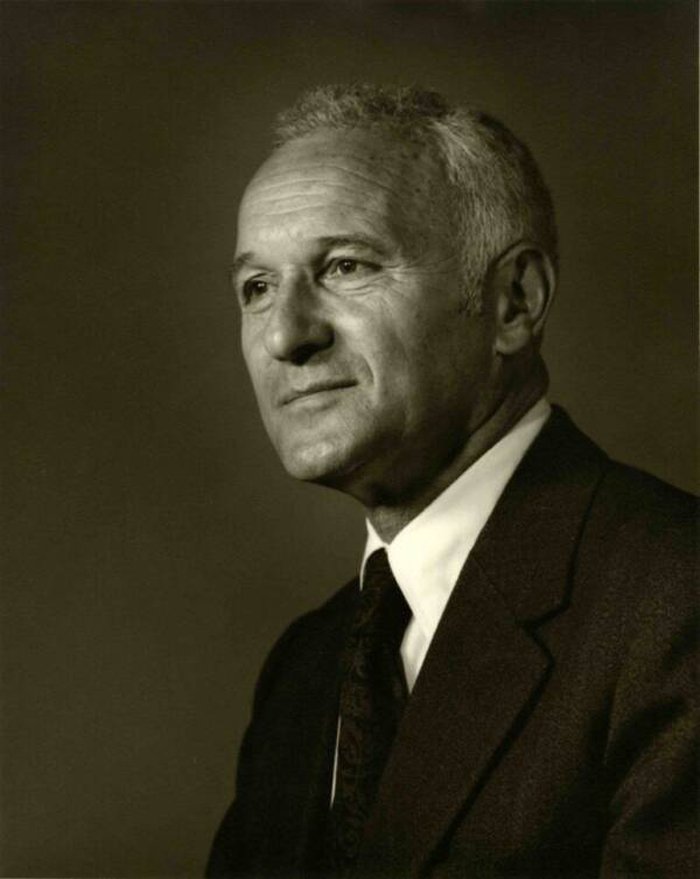
And according to Kinzer’s research, many of Gottlieb’s unwitting subjects endured psychological torture ranging from electroshock to high doses of LSD, “Gottlieb wanted to create a way to seize control of people’s minds, and he realised it was a two-part process. First, you had to blast away the existing mind. Second, you had to find a way to insert a new mind into that resulting void. We didn’t get too far on number two, but he did a lot of work on number one.”
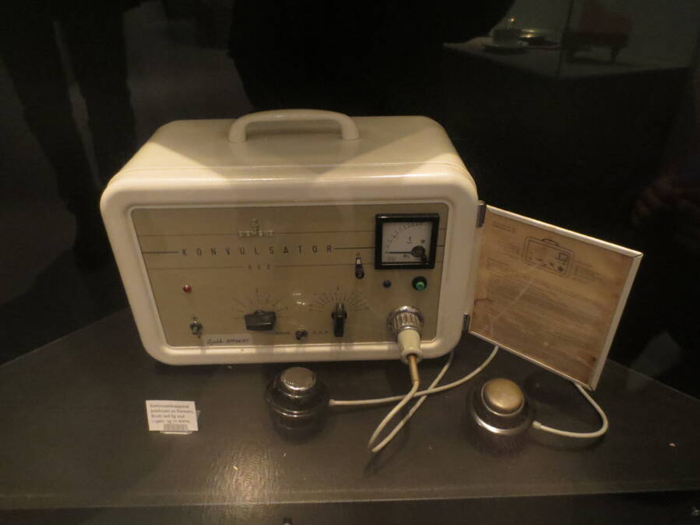
In Stranger Things’ first season, viewers get a somewhat clear understanding—and confirmation in season two—that Eleven’s mother was a test subject who, while she was pregnant, was given LSD by Doctor Martin Brenner, aka ‘Papa’. It is also later on confirmed that Eleven got her psychic gifts from these experiments.
But the Duffer brothers didn’t even stop there—they dug deeper into the most spine-chilling theories they could find and finally came across the Montauk Project conspiracy theory.
What is the Montauk Project?
Let me first state that although MKUltra was as real as it gets, the same cannot be confirmed when it comes to what most people call the ‘Montauk Project’. What is for sure, however, is the part it played in the creation of Stranger Things. In fact, the original iteration of the Netflix hit was titled Montauk.
The conspiracy theory was first triggered into existence back in 1992 through a self-published book written by Preston B. Nichols titled The Montauk Project: Experiments In Time—which is, to this day, available for free as a PDF.
Allegedly, the Montauk Project was a secret and very dodgy US military programme that took place among military installations on the far reaches of Long Island and consisted of a hub of illicit, chilling research into the paranormal.
Reports from a man named Alfred Bielek—who was apparently involved in the project—suggest that these experiments accidentally opened a hole in hyperspace between Montauk in 1983 and the year 1943. This, Bielek alleged, threatened to “engulf part of the planet.” Only by destroying all of the equipment could Bielek and his brother Duncan save the world. Strangely, some of his accounts pick up the story of the speculative sci-fi conspiracy movie The Philadelphia Experiment.
As reported by All That’s Interesting, “both Camp Hero and the Montauk Air Force Station—the Army transferred a portion of Camp Hero to the Air Force after World War II—were said to be the hubs of this paranormal research.” In his book, Nichols claims that he recovered memories of his time as a researcher for the project and then went on to give an account detailing the interior of the facilities, its procedures, advanced technologies, and numerous paranormal incidents he witnessed.
But that’s not all when it comes to spooky (and questionable) declarations. Bielek also stated that his brother began to age rapidly, thanks to the accident that happened in Long Island. Only by travelling back in time to convince their parents to have another son could they keep Duncan alive, transferring his soul into the new brother’s body.
In a stroke of ‘uncanny coincidence’, Duncan also happened to have substantial psychic abilities, including the ability to manifest objects with his mind using the device. Sounds familiar? Oh, and he also claims he can recall memories of life in the 28th century.
Just like Eleven, Nichols’ account claims Duncan supposedly brought a monster into our world too. Referred to as the “Beast” by Nichols, the alien creature appeared after he and other colleagues “decided we’d had enough of the whole experiment.” It is in this moment, according to Nichols, that Duncan “let loose a monster from his subconscious” which could only be defeated once all of the equipment in Camp Hero was destroyed. How convenient.
According to Nichols’ book, the basement levels of Camp Hero were also flooded with cement once the project was shut down, with anyone involved in the project having their memories of the project suppressed using MK-Ultra techniques.
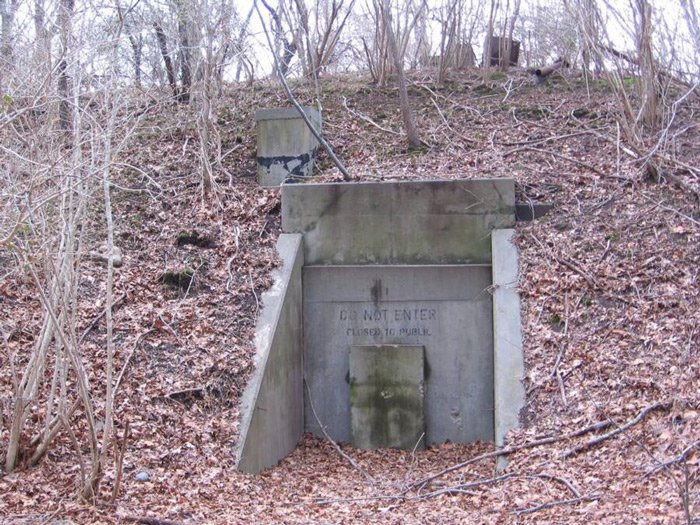
From experiments in mind control and telepathy, the opening of space-time portals to other dimensions to contact with alien life and the abduction of runaway children—all under the authority of a US programme financed by Nazi gold—it’s not hard to see why this story remains, at least for now, nothing more than a conspiracy theory.
What is ‘Stranger Things’ also inspired by?
It should also be noted that the popular TV series takes inspiration from a wide range of other sci-fi adventures from the 80s such as The Goonies, Halloween and Stephen King’s terrifying book It, which was adapted into a movie in 2017.
Amores Perros, Carrie and A Nightmare on Elm Street are also on the list.
Is Hawkins a real place?
Stranger Things takes place in Hawkins, Indiana, a fictional Midwestern town where Eleven and the gang fight off bigger and bigger monsters each season. Though Hawkins is a fictional town, many of its street and neighbourhood names are based on real places. The Duffer brothers once revealed that the names were inspired by their memories from growing up in Durham, North Carolina.
Please enable JavaScript to view the comments powered by Disqus.

